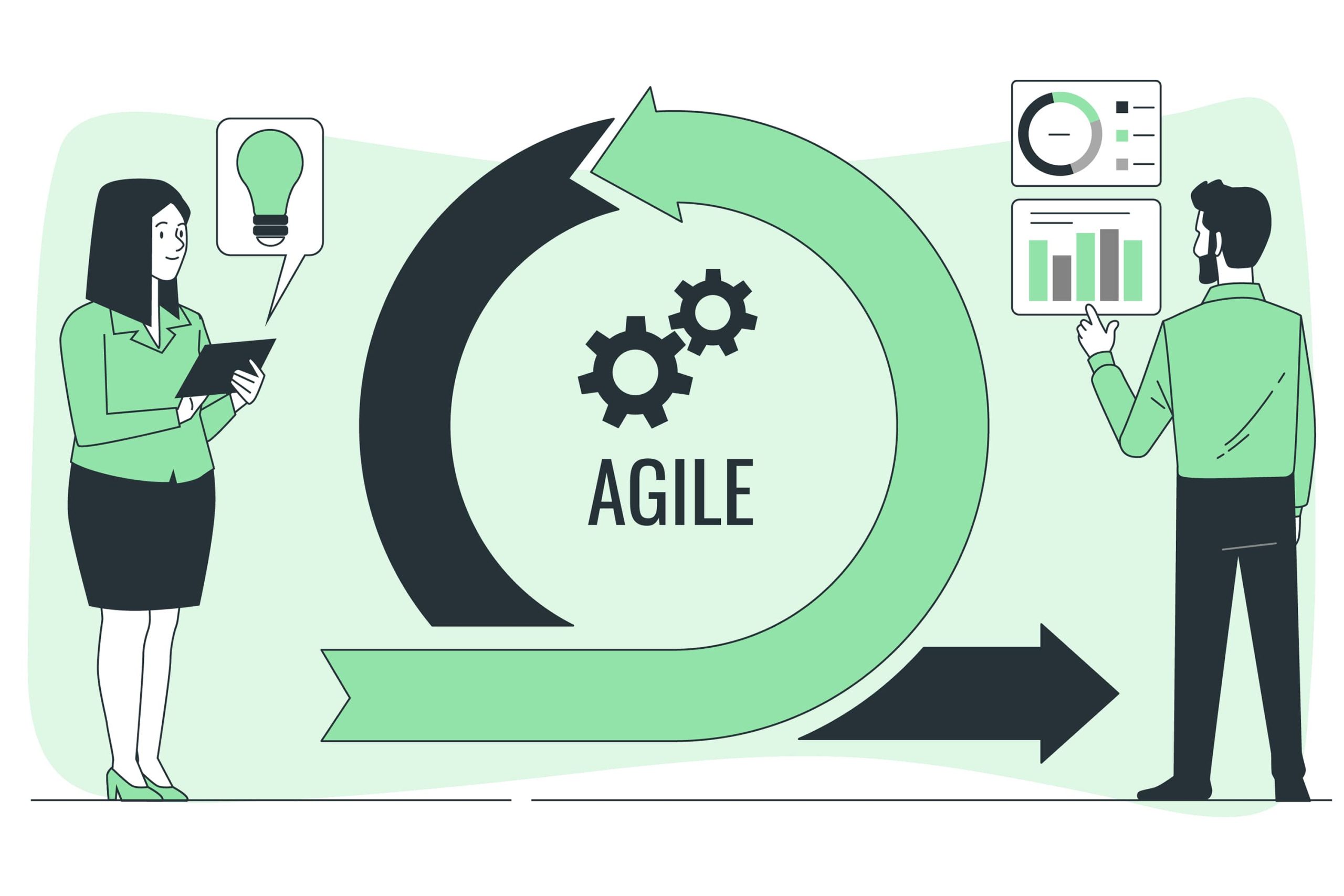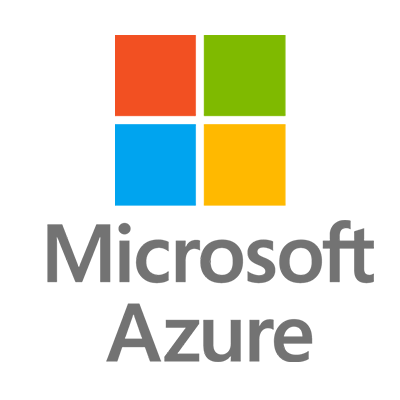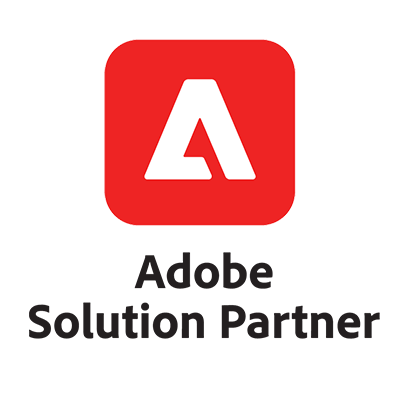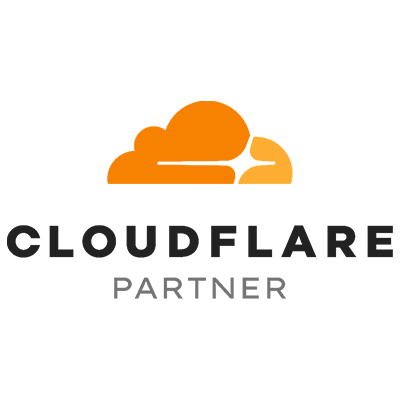When you’re leading a software project, one of the most important decisions you’ll make is choosing the right development methodology. Whether you’re a project manager or a developer, selecting the right approach can have a massive impact on your team’s efficiency, product quality, and overall project success. But with so many methodologies out there, how do you know which one is right for your project?
In this post, we’ll break down the top 5 software development methodologies—Agile, Scrum, Waterfall, DevOps, and Lean—to help you decide which one might be the best fit for your team and project. There’s no perfect one-size-fits-all solution, but understanding the strengths, weaknesses, and ideal use cases for each will make it much easier to make an informed decision.

When most people talk about modern software development, Agile is often the first methodology that comes to mind. Agile is more of a mindset than a strict process—it’s about being flexible, iterative, and always focused on delivering value to the customer. Rather than locking in all project requirements upfront, Agile allows teams to adapt and adjust as they go, ensuring that they stay aligned with customer needs throughout the development cycle.
Originally formalized through the Agile Manifesto in 2001, Agile emphasizes collaboration, customer feedback, and responding to change rather than following a fixed plan. Agile is particularly well-suited to fast-moving projects where requirements are expected to change frequently. If you’re working on a new product where user feedback can significantly impact the final product, Agile allows you to iterate quickly and integrate that feedback into your development process.
One of the key principles of Agile is breaking down tasks into smaller, manageable iterations, often referred to as sprints. Each sprint typically lasts anywhere from one to four weeks, with a tangible product or feature delivered at the end of each cycle. This approach ensures that progress is visible and measurable, while also giving the team the flexibility to pivot or adapt when new information or feedback emerges.
Pros of Agile:
- Flexibility and adaptability: The ability to change direction quickly in response to customer feedback or market shifts is one of Agile’s greatest strengths.
- Faster delivery of features: By delivering working software after each sprint, you can get customer feedback early, which helps avoid costly mistakes down the line.
- Highly collaborative: Agile encourages regular communication between developers, product owners, and stakeholders, which leads to better decision-making and problem-solving.
Cons of Agile:
- Requires active stakeholder involvement: Agile depends on frequent feedback from customers or stakeholders, so if they aren’t available or engaged, it can slow things down.
- Can be chaotic without good management: With so much flexibility, Agile can sometimes lack structure. Teams need strong leadership to stay focused and avoid drifting off track.
- Less predictability: Agile is less predictable than other methodologies, especially in terms of timelines and costs, which might be a challenge if you’re working with strict deadlines or budgets.
Agile is best used for projects that are evolving in nature, such as startups building a new product or teams working on projects that are heavily dependent on user feedback. It’s also great for environments where you need quick iterations and constant adjustments.
Scrum: Agile With Structure
If you like the flexibility of Agile but crave a little more structure, Scrum might be the methodology for you. Scrum is a specific framework within the Agile family that adds more organization to the development process. It works by breaking projects into sprints (short, time-boxed development cycles), with a focus on achieving well-defined goals within each sprint.
Scrum is centered around roles, ceremonies, and artifacts that help the team stay aligned and focused on delivering the highest value. The key roles in Scrum are the Product Owner, the Scrum Master, and the Development Team. The Product Owner ensures that the team is working on the most valuable features, while the Scrum Master facilitates the process and removes any blockers the team may face.
Each sprint typically lasts two to four weeks, and at the end of the sprint, the team holds a Sprint Review to demonstrate the progress made. They also conduct a Sprint Retrospective to discuss what went well and what could be improved in the next cycle. These feedback loops allow the team to continuously improve and refine their process.
Pros of Scrum:
- Clear roles and responsibilities: The well-defined roles in Scrum help avoid confusion and ensure that everyone knows what they’re responsible for.
- Improved focus: The time-boxed sprints keep the team laser-focused on specific tasks, which can lead to faster delivery and better results.
- Regular assessment and adaptation: Scrum’s emphasis on regular reviews and retrospectives ensures that teams continuously improve and adapt their processes, leading to more efficient and effective work over time.
Cons of Scrum:
- Requires a dedicated Scrum Master: To really make Scrum work, you need someone to fill the role of Scrum Master, which can be an additional resource and responsibility that some teams may not have.
- Too rigid for some teams: While Scrum provides structure, some teams might find it too prescriptive. If you need more flexibility than Scrum offers, Agile’s more general framework might be a better fit.
- Can be tough to implement: If your team is new to Scrum, there can be a steep learning curve. It takes time to get used to the ceremonies, roles, and structure that Scrum imposes.
Scrum works best for teams that are already familiar with Agile principles but want more structure around how they operate. It’s especially helpful for medium-sized teams or projects with well-defined goals that can be broken down into manageable pieces.
Waterfall: The Traditional Approach
While Agile has become the go-to approach for many modern development teams, Waterfall remains a classic methodology that works well in certain scenarios. Waterfall is a sequential, linear process where each phase of the project is completed before moving on to the next. This means that planning, design, implementation, and testing are all done in a set order, with little room for changes once the process begins.
Waterfall is best suited to projects that are highly structured and where the requirements are unlikely to change during the development cycle. Think of industries like government, healthcare, or finance, where strict compliance regulations and detailed documentation are essential. If your project has a clear, unchanging set of requirements, Waterfall can provide a highly predictable process.
One of the biggest advantages of Waterfall is its predictability. Because you define all your requirements upfront and stick to a linear path, you can estimate timelines, costs, and resources with a high degree of certainty. The drawback, however, is that it’s inflexible—if requirements change midway through, it can be costly and difficult to make adjustments.
Pros of Waterfall:
- Clear structure: The step-by-step process provides a clear path from start to finish, making it easy to manage large projects with strict timelines and budgets.
- Predictable timelines and costs: With all requirements defined upfront, Waterfall projects tend to have fewer surprises, making them easier to plan and scope out.
- Easy to track progress: Since each phase has defined deliverables, it’s easier to see where the project stands at any given time.
Cons of Waterfall:
- Inflexible to changes: Once a phase is complete, going back to make changes can be costly and time-consuming, which is a big drawback if requirements evolve.
- Late testing: Since testing is usually done toward the end, issues might not be discovered until late in the process, potentially delaying delivery.
- Lack of stakeholder involvement: Waterfall doesn’t emphasize ongoing stakeholder feedback during the development process, which means the final product might not fully meet their expectations.
Waterfall is ideal for well-defined projects where changes are unlikely, such as building infrastructure or government projects that require strict adherence to a predefined set of specifications.
Lean Software Development: Maximizing Value, Minimizing Waste
Another methodology to consider is Lean Software Development, which focuses on delivering the most value to customers while minimizing waste in the development process. It’s inspired by Lean Manufacturing principles, particularly the practices used by Toyota to streamline production. In the context of software development, Lean emphasizes efficiency, rapid feedback, and reducing any unnecessary overhead that doesn’t contribute directly to the final product.
Lean aims to optimize the flow of work, eliminating bottlenecks and ensuring that development cycles are as short as possible. Like Agile, Lean is focused on creating value for the customer, but it also puts a significant emphasis on cutting waste—whether that’s unnecessary features, delays, or inefficient processes.
For teams that are focused on delivering only the most essential features quickly, Lean is a great fit. It works especially well for startups or small teams with limited resources, where every bit of time and money counts. Lean helps ensure that you’re working on what matters most, rather than wasting time on unnecessary tasks.
Pros of Lean:
- Efficiency: Lean development encourages teams to streamline processes and eliminate inefficiencies, making it a good choice for projects with limited resources.
- Focus on customer value: By cutting out unnecessary features or steps, Lean ensures that everything you do contributes directly to what the customer needs.
- Faster delivery: Lean emphasizes short development cycles and quick iterations, helping teams release faster and respond to changes quickly.
Cons of Lean:
- Potential sacrifices in features or quality: The focus on eliminating waste can sometimes lead to features being cut or quality being sacrificed in favor of speed.
- Requires careful balance: Lean teams need to be vigilant about ensuring that cutting waste doesn’t end up cutting too much, leaving the final product underdeveloped or missing key functionality.
- Can be difficult for large teams: Lean principles work best for smaller teams or projects that need to quickly focus on core features. For larger, more complex projects, the approach may need to be adjusted.
Lean is ideal for teams that need to maximize efficiency, particularly in environments with limited resources or when developing products where speed and responsiveness are key to success.
Which Methodology Is Right for You?
So, with all five methodologies—Agile, Scrum, Waterfall, DevOps, and Lean—let’s bring it all together and help you decide which one is best suited for your team or project.
When to Choose Agile:
- Fast-moving projects with evolving requirements: Agile is perfect for projects where you expect change or where the final product is unclear at the start. It allows teams to adapt quickly and deliver features incrementally, ensuring the final product aligns with customer needs.
- Startups or small teams: If you’re working in a startup environment where flexibility and responsiveness to feedback are crucial, Agile offers the right balance of structure and adaptability.
When to Choose Scrum:
- Medium-sized teams working on well-defined goals: Scrum is ideal for teams that have a clear goal but want to break it down into smaller, manageable chunks. The structured sprints help keep the team focused, and the regular feedback loops ensure continuous improvement.
- Projects that benefit from iterative progress and constant reviews: Scrum excels in environments where teams need to frequently reassess and refine their work.
When to Choose Waterfall:
- Large, predictable projects with fixed requirements: If your project has well-understood, unchanging requirements, and there’s little room for flexibility (such as in industries like construction, government, or healthcare), Waterfall might be the best choice. It provides structure, clear milestones, and a predictable timeline.
- Compliance-heavy or regulatory projects: Waterfall’s emphasis on upfront planning and documentation makes it suitable for highly regulated industries where adherence to standards and specifications is critical.
When to Choose DevOps:
- Fast-paced, continuously evolving projects: If your project needs to deploy features or updates regularly, DevOps is the way to go. Its focus on automation, continuous integration, and seamless collaboration between development and operations ensures that updates happen quickly and reliably.
- Teams with strong technical infrastructure: DevOps is best for teams that have the technical resources to implement automated testing, deployment, and monitoring. It’s also ideal for teams that require consistent delivery without the risk of human error.
When to Choose Lean:
- Resource-constrained teams or projects with limited budgets: If you’re a startup or a small team working with limited resources, Lean can help you maximize efficiency by eliminating waste and focusing only on the most important features.
- Teams looking to improve efficiency: Lean is great for teams that want to streamline processes and work smarter, not harder. If you’re struggling with inefficiencies or too many unnecessary features, Lean can help focus efforts on what truly matters.
Conclusion: No One-Size-Fits-All Solution
At the end of the day, there’s no single methodology that’s right for everyone. The best methodology depends on the specific needs of your project, the nature of your team, and the environment in which you’re working. Each methodology has its own strengths and weaknesses, so it’s important to understand your project’s unique challenges and choose a development approach that fits those needs.
Agile and Scrum are great choices for fast-moving projects with constantly changing requirements, while Waterfall is better suited to projects with well-defined, stable requirements. DevOps is ideal for teams needing rapid, continuous deployment, and Lean is perfect for teams that need to maximize efficiency and minimize waste.
Ultimately, the key is to choose the methodology that aligns with your team’s workflow and project goals, and be willing to adapt and iterate as your needs evolve. And don’t be afraid to experiment and even combine methodologies if that’s what works best for your team!
By understanding these five methodologies and the contexts in which they shine, you’ll be in a much better position to pick the one that’s right for you and your team’s next big project.







